|
More 1910s topics Nostalgia Cafe main page |
1910s Dining Out====================================================================== ====================================================================== ====================================================================== | ||
|
soda fountains The drugstore soda fountain had stools, marble counters, cozy tables, stained glass cabinetry, fine woodwork and a gleaming mirror across the back.  what's on the menu? what's on the menu?phosphates: flavored syrup, soda water and citric acid milkshakes: milk, chocolate syrup and malted powder ice cream sodas: ice cream, soda water and flavoring soft drinks: Coca-Cola, Moxie, Dr. Pepper, sarsaparilla, tonic water, orangeade, lemonade cool creations: root beer floats, sundaes, college ices New York egg creams: chocolate, seltzer, milk or cream | ----- | 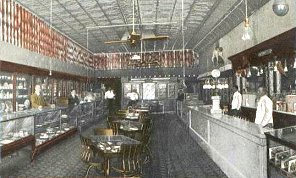 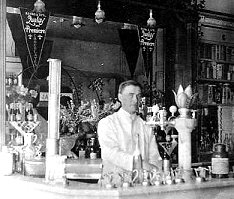 | ||
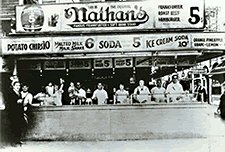  In 1915, Nathan Handwerker began working at Feltman's, the Coney Island birthplace of the modern hot dog. He saved his money and learned his craft, and in 1916 he opened his own hot dog place at Coney Island....Nathan's Famous. In 1915, Nathan Handwerker began working at Feltman's, the Coney Island birthplace of the modern hot dog. He saved his money and learned his craft, and in 1916 he opened his own hot dog place at Coney Island....Nathan's Famous.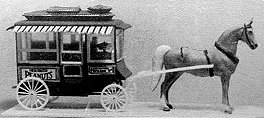  In the city, street vendors sold ice cream, fresh roasted peanuts, hamburgers and hot buttered popcorn from horse-drawn wagons and push-carts. In the city, street vendors sold ice cream, fresh roasted peanuts, hamburgers and hot buttered popcorn from horse-drawn wagons and push-carts. | snack stands street vendors Feltman's Nathan's Famous (1916) Triple XXX Root Beer A&W Root Beer (1919) 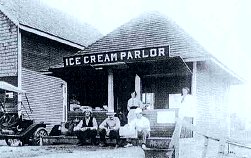 | |||
|
lunch wagons lunch rooms cafes 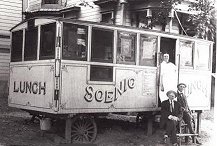 In the 1870s, the first horse-drawn lunch wagons were mobile structures containing counters and stools. They were usually located in the city, where they served hot food to factory workers and others who needed a quick, inexpensive meal. Although they still resembled the wagons of the past, by the 1910s most of these eateries were fixed in a single location. These tiny lunch rooms were evolving into the modern diner. | 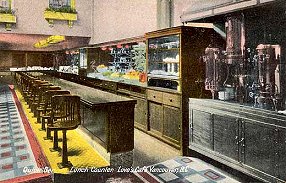 Small cafes served hot meals, sandwiches, coffee and pie to hungry patrons. | |||
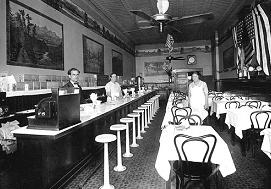 casual restaurants Childs Automat Luchow's Lombardi's Harvey House Waldorf Lunch  Train depot lunch counter  | *Childs was a popular chain of cafeterias based in Manhattan. In 1889, they pioneered the self-service cafeteria concept. *In 1902, Joseph Horn and Frank Hardart opened their first Automat in Philadelphia. In 1912, they brought the concept to New York City and opened a location near Times Square. At the Automat, diners put nickels in the slots and opened glass doors to get their food. A second New York location opened in 1914. 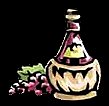  *Ethnic restaurants were becoming popular in the city, as Chinese and Italian immigrants carved a niche for themselves in the restaurant industry. These eateries provided people with their first exposure to dishes like chop suey, pasta and pizza. 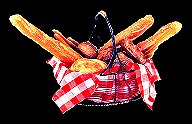 *In New York, Lombardi's opened in 1905. It was the first pizzeria in America. *Railroad depots had cafes where passengers could get a quick meal during stops on long train trips. *Luchow's was a popular German restaurant in New York. Dinner at the Hotel Woodstock......50c cream of tomato soup celery & pickles chicken or roast beef peas & mashed potatoes combination salad ice cream or cake coffee, tea or milk --1915 | |||
 fine dining fine diningIn the 1910s, the fancy restaurants that were popular during the Gilded Age experienced their last hurrah. In the 1920s, prohibition and America's changing eating habits would force restaurants like Rector's and Delmonico's out of business. 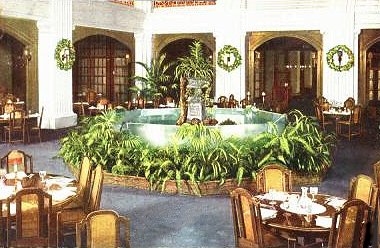 South Grill Room Marshall Fields department store, 1913 | 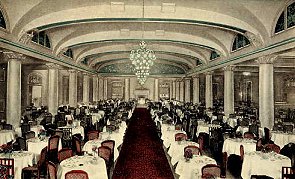 New York City Delmonico's Hotel Algonquin: -------Rose Room Cafe Martin Waldorf-Astoria: -------Palm Garden -------Empire Room Rector's Sherry's Pierre Restaurant The Colony Chicago Marshall Fields: -------South Grill Room -------Men's Grill Room -------Narcissus Room (1914) The Berghoff Henrici's | |||
return to the 1910s main page